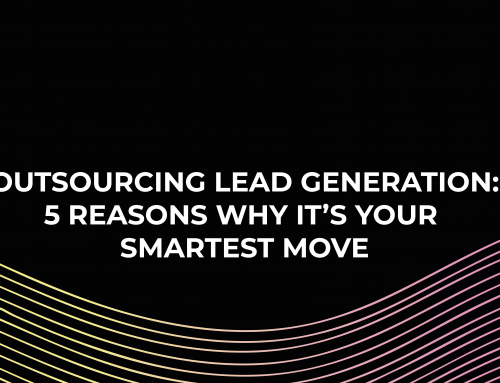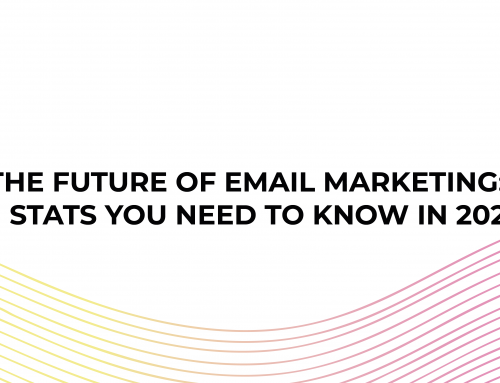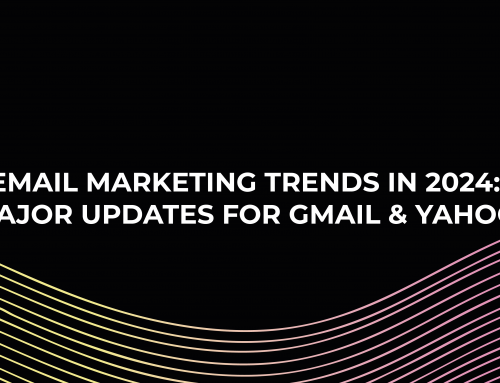When you think of email marketing, the first thing that pops into everyone’s heads is those colourful, newsletter style emails promoting services or products that you may or may not be interested in. The average consumer is heavily desensitised to marketing emails, since we get them all day long from websites we’ve ordered from and such – which carries across into work and we instantly switch off when we see another email in the same format, even if it’s a B2B offering. Yet interestingly, there are still a large number of businesses who insist on carrying out their marketing this way, despite the fact that they are unlikely to read such an email themselves. If you wouldn’t read it, why would your prospects?
HTML emails are the official name for the emails you can design and then send out to a mailing list. This can be done as either a part of an outbound marketing strategy to potential customers, or your existing database of people who are on your mailing list, having either signed up or existing customers.
Platforms such as MailChimp state that the benefit of using HTML emails is that you can create visual, creative emails to attract readers, utilising images and engaging calls to action to generate web traffic and enquiries. They also come with good tracking ability to see who engaged with which parts of the emails, and give you the ability to embed multiple photos and links.
Good as these are, they aren’t good enough when you’re looking to generate qualified sales leads from cold data.
Any good marketing campaign targets the decision makers in the companies they would like to work with. Your typical decision maker is senior within the business and is a busy person, so they don’t usually have spare time in the day. If they open an email and it’s immediately obvious it’s a marketing email, that’s colourful and contains a few different things for them to read, they’ll instantly close it down. Having pretty and engaging emails is all well and good, but will get you nowhere if people switch off the second that they open it. It’s also blindingly obvious they are on a list with up to thousands of other people, which is an instant turn off for any recipients of direct marketing.
The content of your marketing emails can be incredibly valuable, addressing how you can help your clients and solve problems they may be experiencing.
Plain text emails are ‘old style’, and a quick google search doesn’t cast the most positive light on them anymore. However, going back to the point that your decision makers will disengage once they see the graphics of a coded email, a well-crafted email will read as though you have picked each prospect and written to them individually. This gives a much higher rate of people reading the whole email, by which point you have clearly displayed how they can benefit from working with you, and this then converts to a qualified sales opportunity.
Cold, outbound marketing emails delivered right to the inbox of your prospects is an incredibly effective way of reaching a large volume of people in a targeted way. With an effective email that introduces your business and value, you generate qualified opportunities instantly, with the people in your target market ready to book a call to learn more, for you to convert into new business.
It’s also much easier to directly measure results and ROI from a plain text email campaign, since you generate responses instead of engagement with the content and web traffic, as well as directly generating more ROI as you’re booking direct sales calls, rather than driving people to inbound strategies.
We see an average of 15-20 qualified sales opportunities per 2000 emails sent in a typical outbound campaign using our industry leading knowledge of direct marketing and lead generation. To find out more about how you can generate new business and grow your business through 2021, reach out to the team on 0161 543 4461 or contact grow@in-boxx.com.




